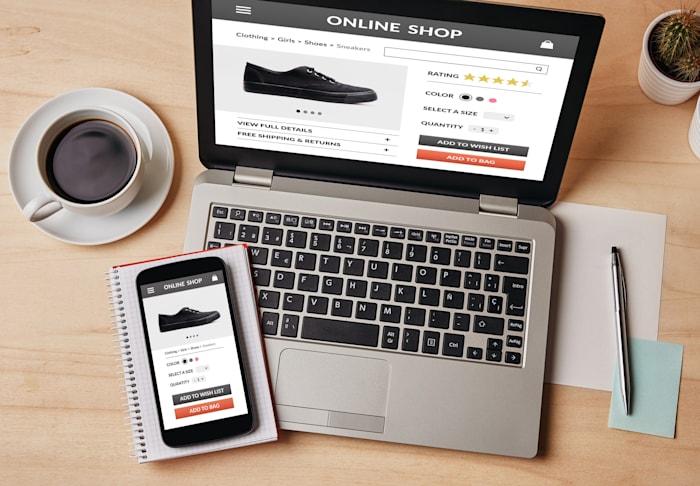How to Launch and Grow Your Ecommerce Brand in 2024
Learn step-by-step how to launch your ecommerce brand. Scale and optimize your business by working with freelancers at every stage.
 May 31, 2023
May 31, 2023 10 minute reading
10 minute reading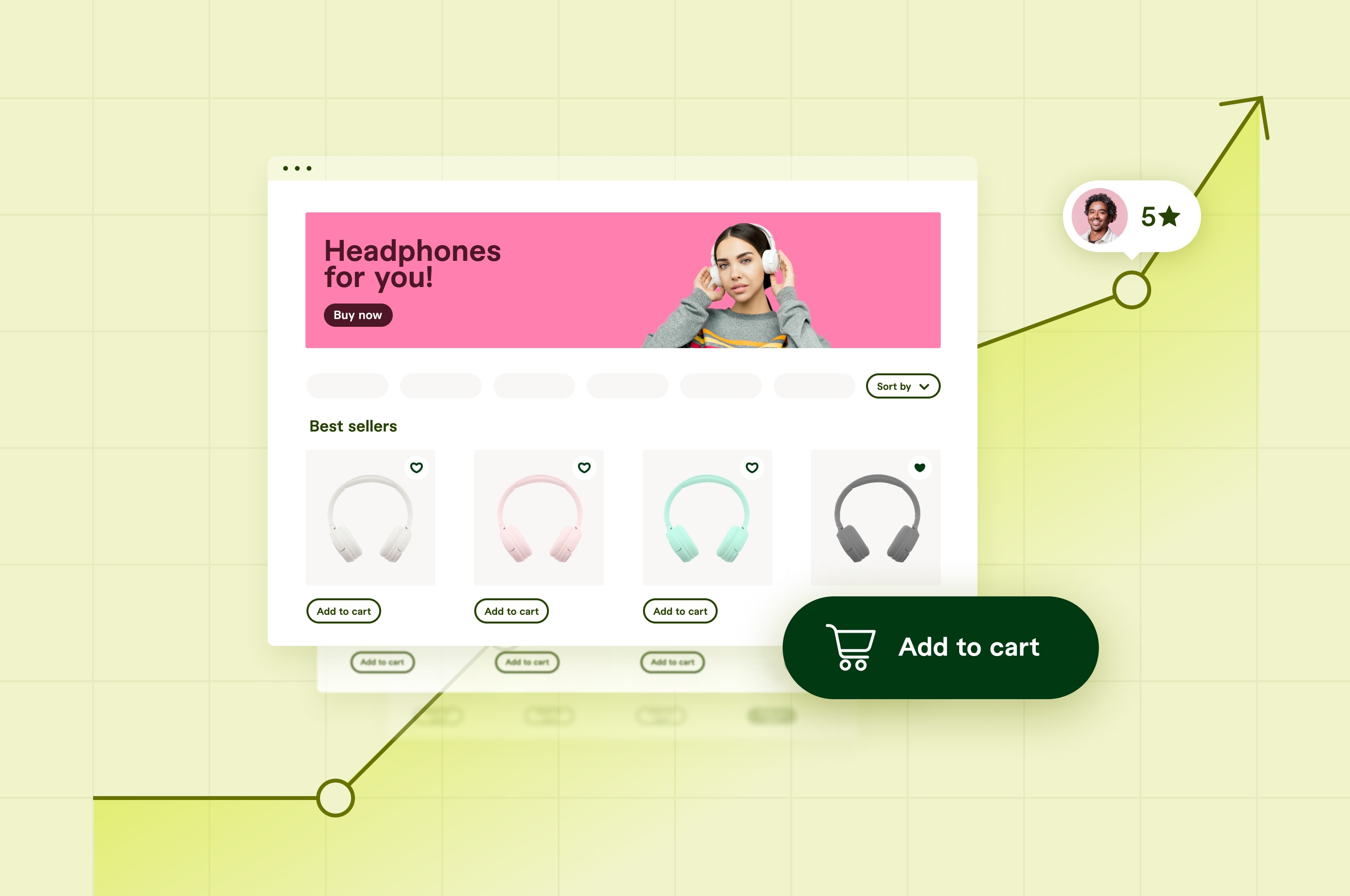
Shopping isn’t confined to physical stores anymore. You don’t need a brick-and-mortar shop to build a successful brand.
Seventy percent of Americans conduct their shopping online. Having a digital presence is a must for brands looking to grow their business and brand.
What is an ecommerce brand?
Ecommerce brands stand out from their competitors by creating a unique identity for themselves and effectively communicating it to their customers. Consumers shape the perception of your brand through their conversations about your business. When executed properly, a strong ecommerce brand builds trust and fosters strong relationships with its consumer base.
An ecommerce brand extends beyond a stand-out logo and catchy tagline. There are four attributes that all good brands focus on:
Voice. Set the appropriate tone you want customers to perceive you with. While some businesses go for a professional corporate approach, others are more interested in having a voice that’s casual and personable. Consider how you want consumers to describe your brand, and ensure all of your communications contribute to that desired perception.
Visuals. Both voice and visuals have equal chances of swaying a consumer. It’s crucial that imagery and tone match so your brand has a consistent, clearly defined message.
Value. Value goes way beyond price—it takes into account consumer pain points and promises to address them with a product that delivers true market value. To stay ahead of the competition, research and explore ways to sell something of greater value than what’s already available.
Vision. Consider the long-term, overall impact you’d like your brand to have. This may go back to your business’s origins—why you started the company in the first place, dollars aside. If you can’t define your vision, consumers won’t be able to either, so it’s an essential starting point.
9 steps to building a successful ecommerce brand
Rome wasn’t built in a day, and successful ecommerce brands don’t pop up overnight. Follow these steps to start an online business and work from home.
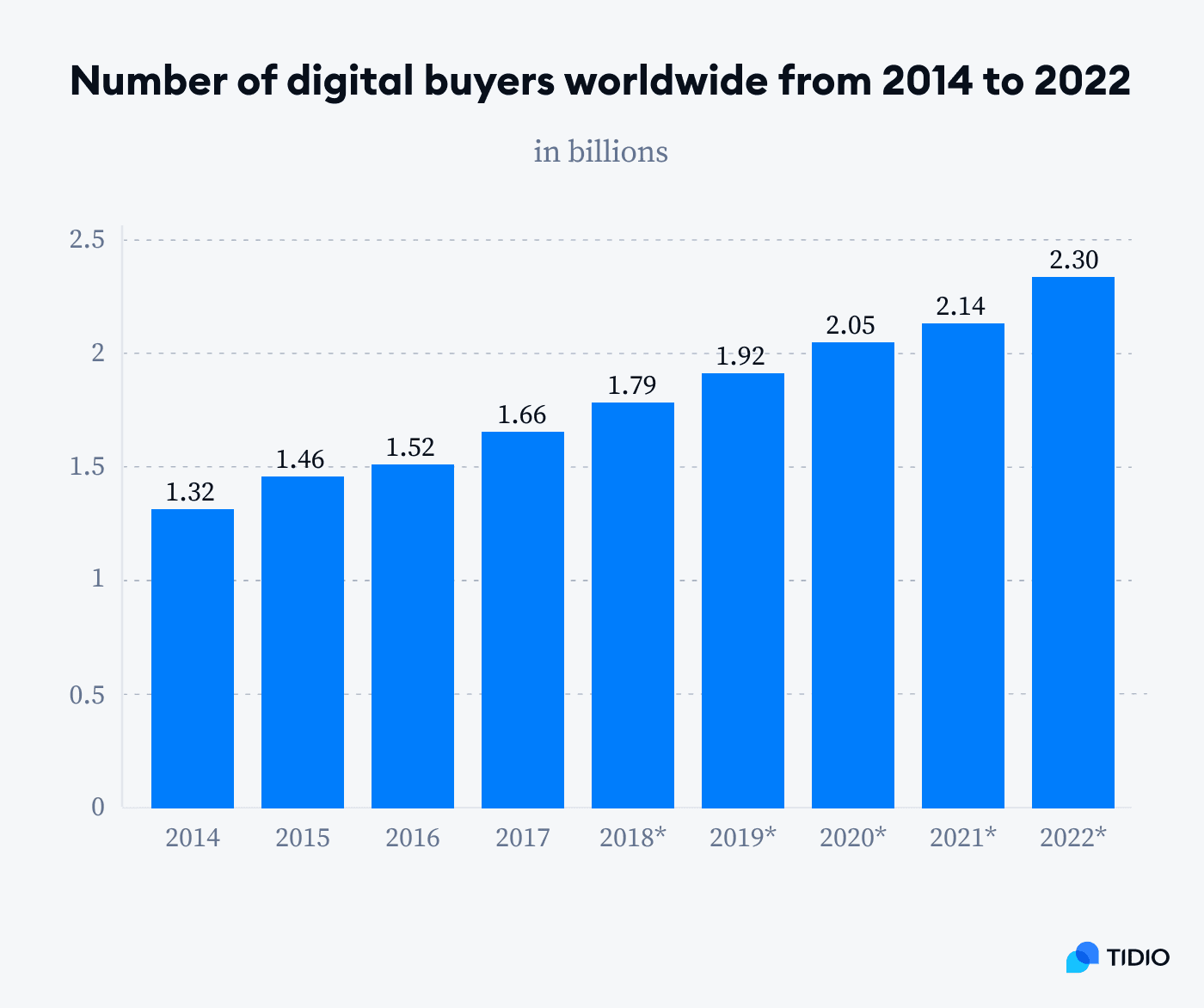
Source: Tidio
1. Conduct market research to identify profitable product ideas and trends
Before you consider branding, platforms, SEO, and everything else, you need to determine what product you’re going to sell. There are plenty of profitable ecommerce business ideas you can start today—but make sure you conduct appropriate market research to see how competitive the landscape is. Define your target audience and have a good understanding of your competitors. Retail arbitrage on Amazon is another avenue to explore.
2. Develop relationships with suppliers
To ensure favorable terms, you need to converse with various suppliers and partake in negotiations. Understand which type of logistics you want to manage. Are you going to dropship your inventory? Is it DIY, or will you personally make it? Your answer will inform what vendors you partner with.
“I had to communicate with a lot of vendors, explaining in great detail what I was looking for in terms of sustainable product and production,” says Jennifer Stalley, founder and president of Meemzy Magic. “I saw the most adorable toys that were readymade and ready to ship. However, when I started the company, I promised myself I’d be as sustainable as possible.”
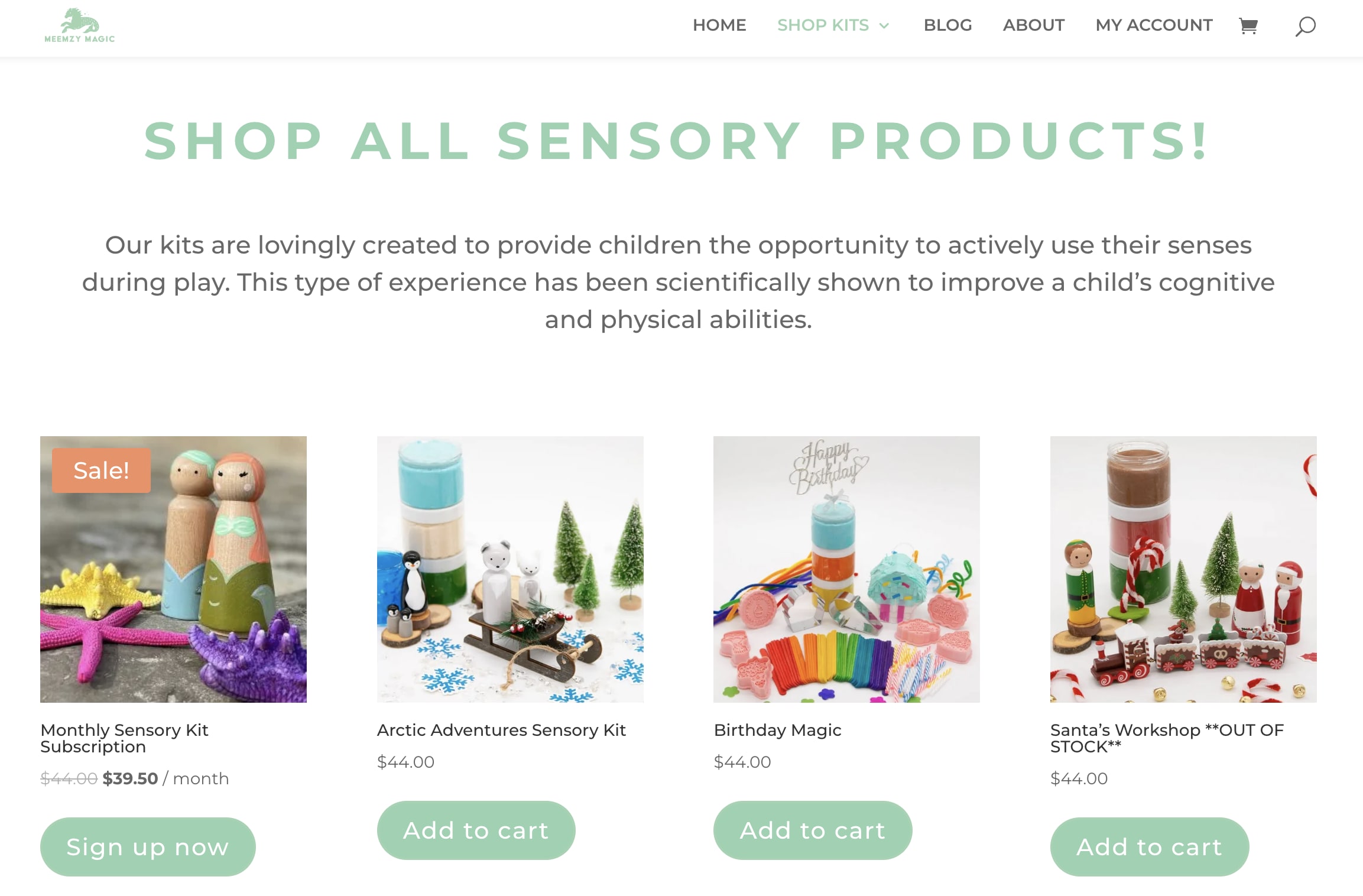
3. Brand development
Nail your brand identity before you try to push your products or create an online store. With the four brand pillars in mind, create a branding kit for your visuals, including:
Logo. This is the face of your brand, the one image that should make consumers immediately think of your business. Strive to make your logo memorable and representative of your business. You can use Fiverr Logo Maker to create a logo for your Ecommerce brand.
Typography. Different fonts evoke different emotions—from playful and casual to serious and professional. Consider which one best embodies your voice.
Color. Consumers are more likely to remember your brand’s color over its name. Construct a color palette that fits in with your brand’s overall vision.
Once you have the brand defined, ensure you’re communicating it consistently internally and externally.

Logo created by Fiverr freelancer Kailash S.
4. Create and manage an online store
Decide which ecommerce platform you’d like to set your shop up on.
After you’ve selected a platform, you need to design the website. If you’re unsure where to begin, check out these 10 stunning ecommerce website examples to inspire your design. Consider both UI and UX to build an effective, easy-to-use online store.
Make your online store easy to find by optimizing it for search engines—and make sure you avoid these common SEO mistakes that ecommerce stores often make.
“At the time, I thought that the be all and end all of business was social media. While we still remain active across most platforms, we spent a lot of our time creating content that got us nowhere,” says Tom Saxon, co-founder of Batch Coffee. “Instead, I focused on writing content in the form of blogs and really tried to master SEO and what it takes to master the SERPs.”
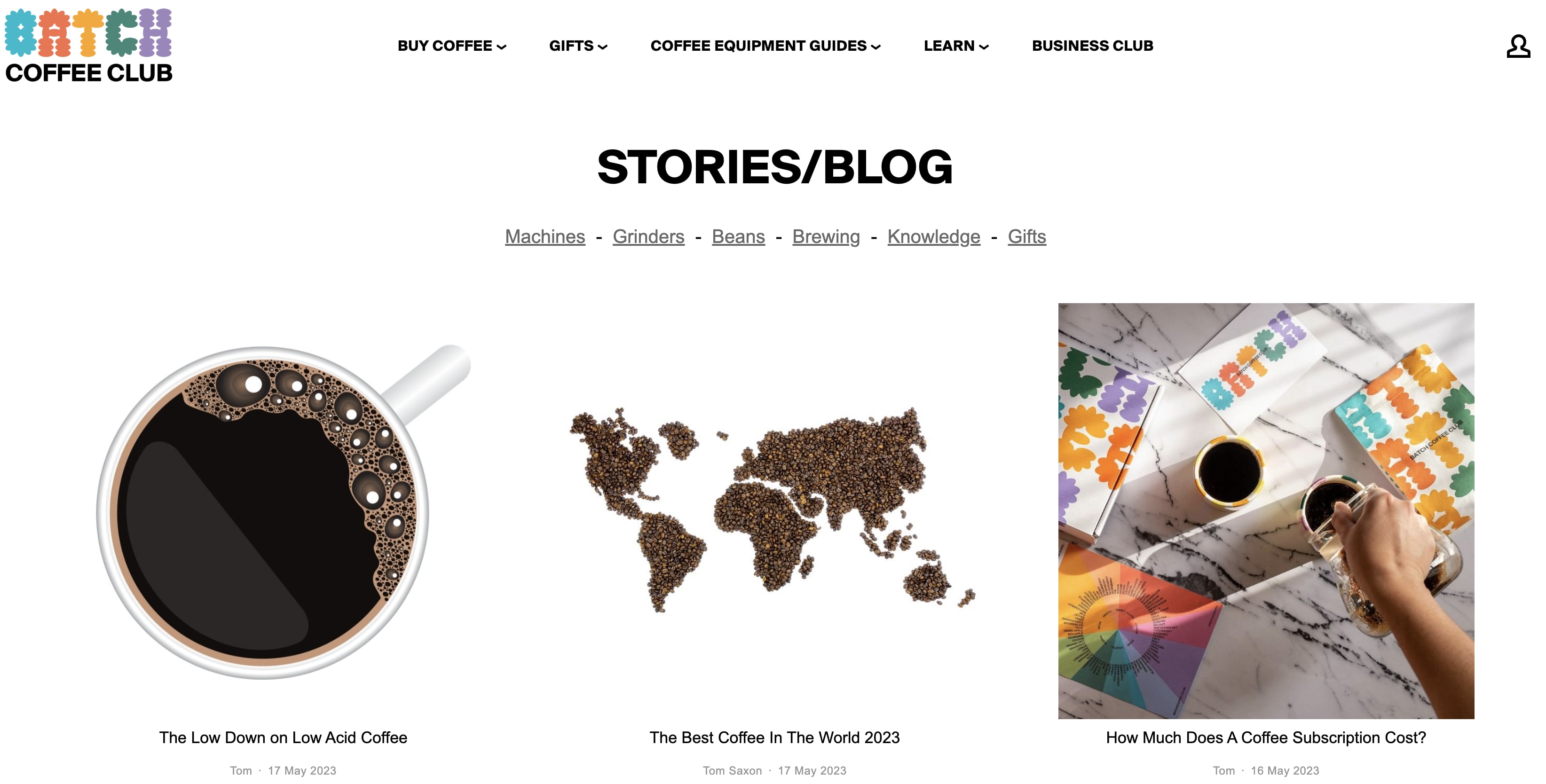
5. Develop and execute marketing campaigns
The more accessible your brand is, the better. Take advantage of the various digital marketing opportunities out there to increase brand awareness:
Email. Email marketing is one of the most effective ways to promote your products. You can use this channel to send customers updates and new drops, and reward their loyalty with coupons or discount codes.
Social media. There are nearly five billion users on social media.Take some inspiration from these social media campaign examples and ensure you’re up to date on the latest social media trends.
Advertising. Invest in advertisements wherever your target audience spends most of their time. It’s one of the oldest marketing tactics in the book. On social media alone, more than $173 billion was spent on ads in 2022.
6. Monitor and manage inventory
The logistical side of a brand is just as important as the customer-facing side. Once you’ve attracted interested customers, you need to deliver on your promises. This involves processing orders and managing fulfillment and shipping. Various ecommerce tools make managing this aspect of your business easier.
7. Track finances
You might boast a notable, recognizable brand, but that means nothing if your business isn’t profitable. Learn how to manage cash flow and prepare financial statements so you can make informed business decisions on how to continue growing your ecommerce brand.
Pay attention to specific metrics like average order value, site traffic, and conversion rate when monitoring the success of your online boutique. Freelancers can help with wealth management if that’s an area you’re not experienced in.
Find an eCommerce specialist for hire
8. Provide exceptional customer service
Customer service is one of the biggest make-or-break moments for brands. It’s cheaper to retain customers than acquire new ones, which is why customer happiness and loyalty are such important metrics.
Keep your customers happy by:
Responding to inquiries in a timely manner. Hubspot found that customers expect their questions to be answered in less than 10 minutes when live chat is available. Fast response times help position your brand as consumer-friendly.
Handling complaints. Look at complaints as room for improvement and respond accordingly—don’t ignore them. Brands that aren’t afraid to acknowledge their wrongdoings and try to fix them stand out among competitors who only focus on the positives.
Managing returns. It’s normal for customers to return items. When the process isn’t streamlined, you risk diminishing customer happiness if it’s a hassle to return your product.
9. Continuously evaluate and optimize the business model
Drive growth and profitability by constantly returning to your business model and updating your business plan. Be open to change and allow your brand to evolve as your business grows. Keep up with the latest trends in ecommerce so your business model stays current.
Freelancers can help scale your business and provide measurable objectives and important industry information.

Fiverr freelancer Dragana T creates financial and business plans for brands.
How to use content to grow an ecommerce brand
Content is a popular trend and strategy for growth among ecommerce brands. Different content serves different purposes, so consider what you’d like to achieve by using content to grow your ecommerce brand.
Educational content
Providing your consumer base with free, informative content is one way to increase the trust that consumers have in your brand. If you lock all of your content behind a paywall, customers will go elsewhere to find the information they’re looking for.
For example, Ron Stewart, founder and owner of Chef Ron’s, offers recipes and informative blog posts on his site. Online shoppers are happiest when they can find everything in one place. When you add supplemental content to your site—in this case, recipes that use the products sold on the site—customers are encouraged to stay on your store.

The Chef Ron’s site was designed and created by Fiverr freelancer Avid Brio.
Influencer marketing
Consumers are more influenced by the words of other shoppers than by businesses themselves. Sixty-one percent of consumers trust influencers more than brands. Only 38% of consumers trust brand recommendations.
Influencers have already fostered a sense of trust within their community. If they recommend a product to their followers, their word is more likely to be trusted than your own. Large corporations can tap into celebrities and individuals with massive followings, but that isn’t to say micro-influencers aren’t effective for smaller-scale brands.
If you’re having trouble locating influencers appropriate for your brand, partner with a freelancing influencer marketing expert who can do the heavy lifting for you.
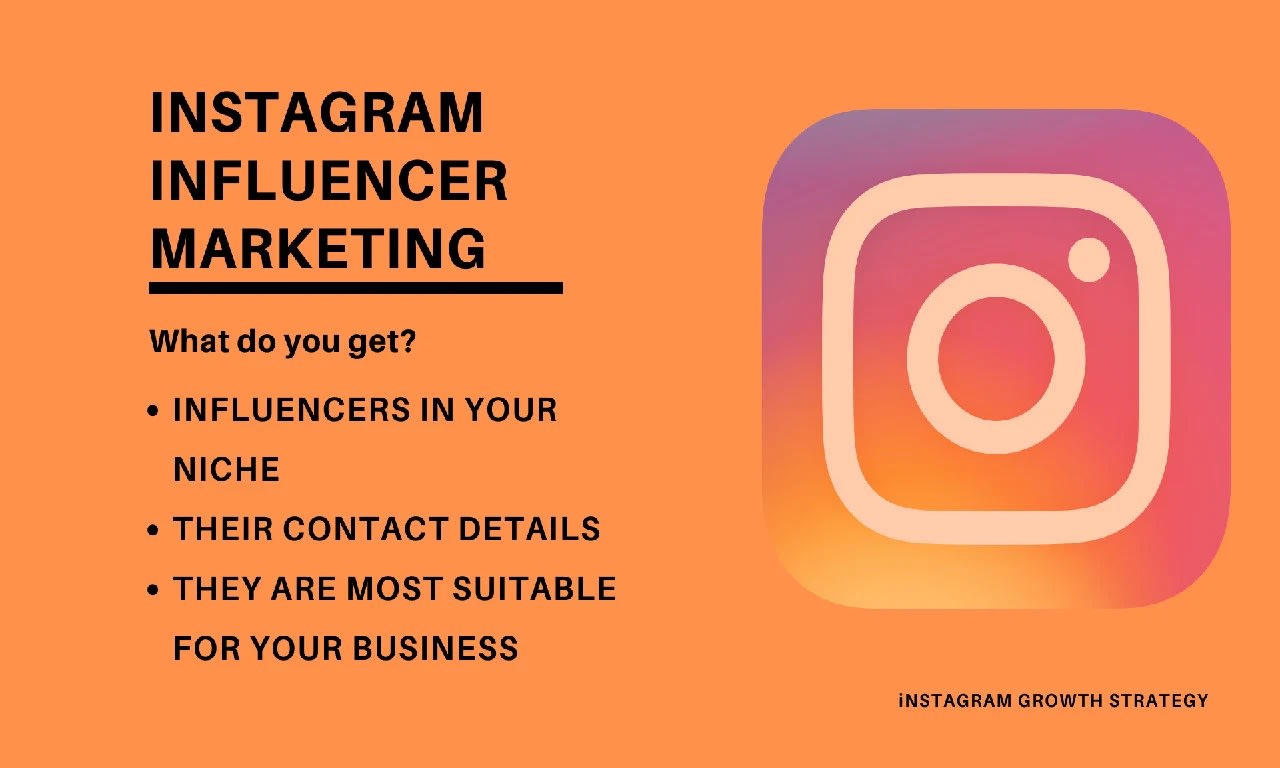
Fiverr influencer marketing freelancer Ali Javed helps brands locate the right Instagram influencers.
User-generated content
Not only does user-generated content (UGC) require no additional work, it functions similarly to influencer marketing. Consumers are more willing to trust other customers over brands themselves.
When you promote UGC on your website and social media platforms, you’re instilling a sense of transparency and trust. Consumers enjoy seeing UGC from their favorite brands because it’s authentic and relatable. They’d much rather hear what another shopper has to say about your products than what you, the maker of the product, think.
Promote UGC by sharing real images or videos of customers using your products on social media, by making all reviews clearly visible, or by incorporating UGC into your product photos.
“We have been encouraging customers to leave photo reviews,” says Samuel Barnes, business development manager at Eco Sustainable House. “We love this strategy, as we do not have a budget for constant product photography, so the UGC photos can be re-purposed on Instagram and within the actual product photos.”

Scale your ecommerce brand with freelancers
Most businesses reach a point where it becomes unmanageable to do all the work alone. Rather than hire full-time employees or try to maintain an impossible balancing act, ecommerce brands are turning to freelancers to optimize operations.
“When I realized something was really important to the business—but I was realistic about my bandwidth—I’d turn to Fiverr to find awesome freelancers to move the work forward,” says Stalley. “Once I hired a product photographer, things really started to move forward. I stepped back into my business owner role and our pace sped up significantly.”
Fiverr boasts a massive marketplace of talented freelancers available to make any of your business operations more efficient—from SEO experts to finance consultants to growth marketers.
“When you switch your mindset from one of scarcity to abundance, you realize you will lose so much more money by not bringing in help and expertise through freelancers,” says Stalley. “Freelancers have the advantage of specializing in work that is repeated across businesses and verticals.”
Sign up for Fiverr and start working with specialists who can help you launch and grow your ecommerce brand.
